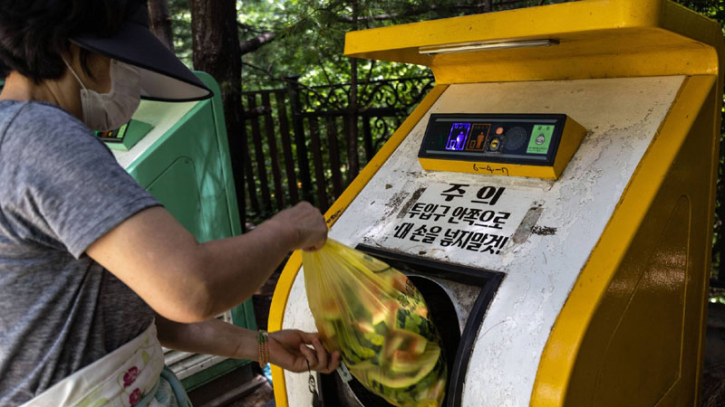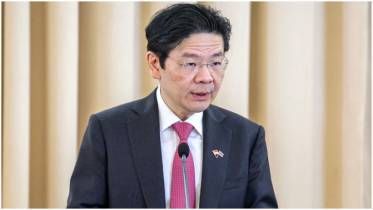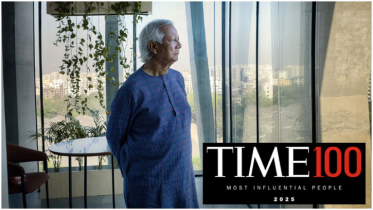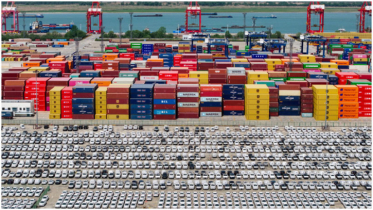How South Korea won the battle against food waste

When it comes to food, the world is divided, as in many other ways, between the haves and have-nots: hundreds of millions face immense hunger as millions more waste staggering amounts of food.
This glaring contradiction was illustrated in a recent UN report, which showed that households worldwide discarded more than 1 billion meals every single day in 2022 – at a time when over 783 million people, or one-third of humanity, grappled with food insecurity
Overall, 1.05 billion tons of food went to waste that year, and the majority of 631 million tons – or up to 60% – came from households, according to the UNEP Food Waste Index Report 2024.
While many countries around the world are still struggling to rein in food waste coming from homes, there is one particular nation that could serve as a model for all: South Korea.
Over the past three decades, the East Asian nation has shown how change at scale is possible, raising its rate of food recycling from a minimal 2% to over 95%.
In 2019, there was an average of 14,314 tons of food waste in South Korea per day, of which 13,773 tons, or 96.2%, were recycled. This followed a recycling rate of 97% in 2018 and 97.1% in 2017, according to data from the South Korean Environment Ministry.
The transformation began in the 1990s when South Korea enforced a raft of policies to tackle a burgeoning waste crisis, Doun Moon, a policy researcher at the Global Alliance for Incinerator Alternatives (GAIA) based in Seoul, told Anadolu.
By the mid-1990s, as landfills and incineration facilities became unable to handle the burgeoning waste output driven by urbanization, South Korea started to develop an overall framework for waste management, starting by becoming “one of the first countries to implement a volume-based system for food waste nationwide,” said Doun.
This was the Volume-Based Waste Fee (VBWF) system that essentially gave people economic incentives to reduce the amount of waste they were throwing out and increase their recycling.
Under this system, people were given five different kinds of waste bags to sort out their trash into different categories, including domestic and food waste, and pay different fees for each kind.
In less than a decade, the VBWF system brought down waste generation by 23% and diverted 53 million tons of waste from landfills and incinerators, according to Doun’s research, leading to cost savings of some $8 billion and a 175% spike in recycling.
Key outcomes and success factors
Building on this success, South Korea pushed ahead with a ban on direct landfilling of food waste in 2005, followed by a “pay-as-you-throw policy” introduced in 2014, the same year it also started generating biogas from food waste, all of which combined to further increase source separation and recycling of food waste.
Another major step was the implementation of a radio-frequency identification system (RFID), which is a more sophisticated digital ticketing mechanism that allowed for people to be charged monthly based on the weight of their food waste, said Doun.
Currently, the food waste RFID system has been introduced in 166 municipalities, covering over 6.5 million households and 65% of apartments in the country.
One of the biggest successes for South Korea has been the exponential growth in recycling food waste as compared to dumping it at landfills, Doun said.
The rate of recycling has climbed to around 97%, which is proof of successful implementation of policies, she said.
Regarding the reasons for the success, she pointed to the involvement of various stakeholders in the planning and execution process, from government officials to environmental groups and civil society organizations, she added.
As with all major policy shifts, Doun said there were some initial problems in implementation, with a major concern at the beginning being that people would resort to more illegal dumping to avoid the charges enforced under the new system.
Over time, however, education and awareness campaigns conducted for this specific purpose helped overcome the potential hurdles, she said.—Anadolu Agency
.png)




